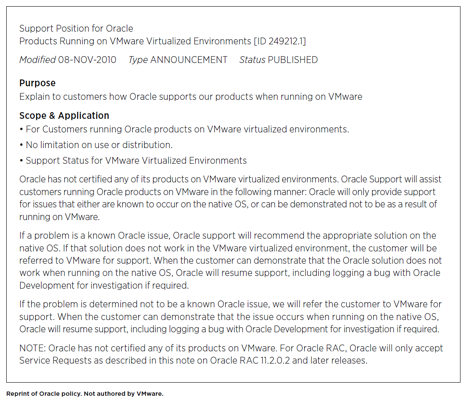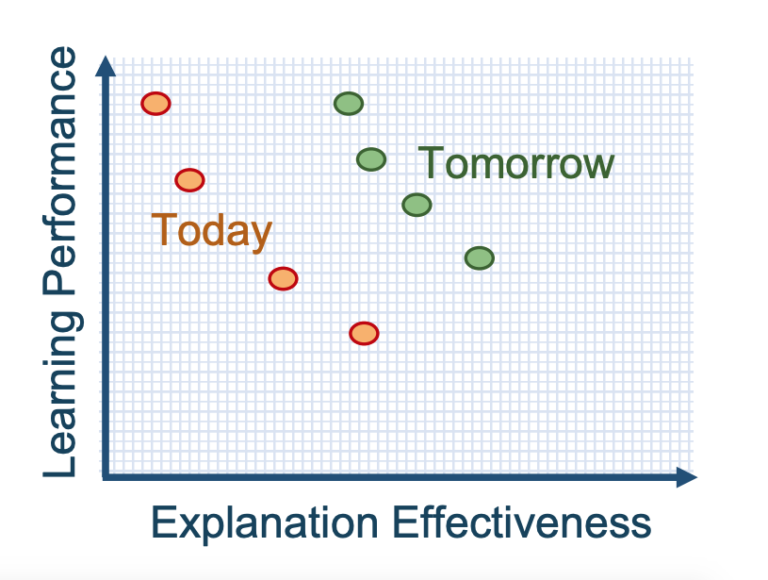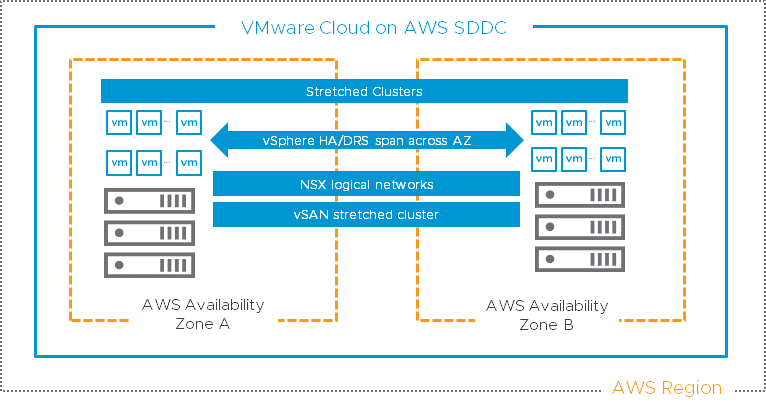Virtual Volumes and Storage Policy-Based Management for Databases
In the first part of this series we provided a high level view of the benefits of using Virtual Volumes enabled storage for database operations. In the second part of this series we examined in more detail how Virtual Volumes can improve the backup and recovery capabilities for business critical databases, specifically Oracle .In the third part of this series we examined in more detail how Virtual Volumes works in a crash consistent manner for backup and for cloning operations.
Virtual Volumes integrates with Storage Policy-Based Management, the same framework to manage data services in vSphere. In this part we will look at how Storage Policy Based Management (SPBM) can be leveraged to manage mission critical databases.
The Setup:
The setup of the infrastructure is the same as discussed in the second part of this series. Please refer to setup section for details of the infrastructure and the database configuration.
Storage Policy-Based Management (SPBM)
Contents
An earlier two part series goes into details on the concepts of SPBM. Part 1 looks at the challenges with traditional storage provisioning models, the advantages of the Software-Defined Storage model, as well as an introduction and background to VMware vSphere Storage Policy Based Management. Part 2 provides an understanding of the components of the vSphere Storage Policy and showcases a few policy examples.
Challenges with traditional storage:
The major challenge with traditional storage architectures is a misalignment between what the storage consumer wants and the capabilities that are actually provided. This results in inefficiencies through the over provisioning of storage resources. There is a strong need to provide alignment between application needs and storage resources.
Benefits of VVol and SPBM:
For both the VI Admin and Storage Admin, Virtual Volumes greatly simplifies management and reduces dependencies over the existing operational model.
The Storage Admin sets up the Virtual Volumes datastore. The capacity and data services published by the Storage Admin for the Virtual Volumes datastore become simple menu items from which the VI Admin can select on demand when creating a VM policy. The Storage Admin retains control of the storage resources, as the VI Admin can only consume published capabilities. However, the VI Admin can now determine which data services should be assigned to a VM by selecting the appropriate policy during VM creation. Thus, the Storage Admin is responsible for up front setup, but the VI Admin is self-sufficient afterwards.
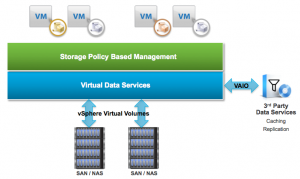
With Virtual Volumes, the VI Admin gains control and becomes responsible for defining the various storage classes of service for VMs.. By associating one or many VMs to the right policy, the provisioning and instantiation of storage service levels is automated for that VM or set of VMs. Automated policy enforcement also becomes the mechanism to simplify the monitoring process and to ensure compliance of storage service levels throughout the life cycle of the application. Policy-driven automation enables more agile storage consumption for VMs, which ultimately delivers faster provisioning for new applications with different requirements and simplifies change management, as the VI Admin no longer depends on the Storage Admin to fulfill infrastructure change requests. Policies that combine array capabilities and software-based data services, such as third-party caching and replication services enabled through integration with vSphere APIs for IO Filtering (VAIO), can also be created in SPBM.
Storage Policy Components:
Virtual machine storage policies, are an evolution of virtual machine storage profiles, and used to ensure that virtual machines are placed on storage that guarantees a specific level of capacity, performance, availability, redundancy, and so on.
When you define a storage policy, you specify storage requirements for applications that would run on virtual machines. After you apply this storage policy to a virtual machine, the virtual machine is placed to a specific datastore that can satisfy the storage requirements.
vSphere Storage policies are made up of three primary components:
- References to storage provider’s storage capabilities
- Rules [Key value pair: Storage Capability + (Value for Quantity or Quality)]
- Rule Sets
Leveraging SPBM for Databases:
Databases can have varying storage requirements based on their function. SPBM can help the virtual admin use policies to match these requirements with the capabilities of the storage.
’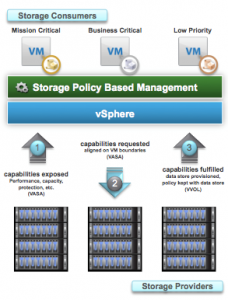
We will look at an example of how these policies can be leveraged to create different tiers of storage with unique characteristics. The policies will be used to create Gold, Silver and Bronze storage tiers as shown below.
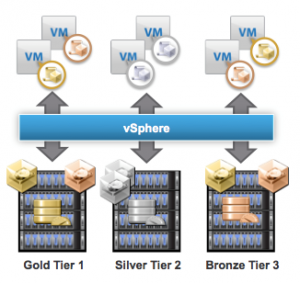
Gold, Silver and Bronze protocol endpoint (PE) containers are created as shown below.
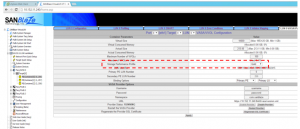
In the next step actual Storage LUNS making up the different tiers are identified. Datastores are then created for backend LUNS for each of these tiers would meet the appropriate capabilities advertised.

The capability sets of the VVol datastores are defined to match that of the storage.

Storage Policies are now defined for the three tiers. The policies are made up of multiple rules that map to storage capabilities.
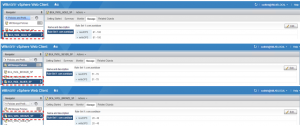
The defined storage policies can now be used by the VI admin to match the requirements of the database to the storage capabilities. These policies can be applied individually to existing virtual machines and when deploying new virtual machines from templates.
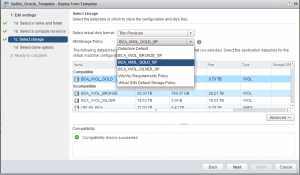
SPBM Improves and Optimizes Database Storage provisioning and management:
We have seen through SPBM concepts and examples how a VI admin can be empowered to match database requirements with the capabilities of the storage. Leveraging VVol and SPBM enables Software-Defined Storage to efficiently manage storage requirements for databases. vSphere Storage Policy Based Management (SPBM) provides VM-centric operations for VM storage provisioning and management. Through the many use cases we have seen in this four part blog series, we can conclude that VVol can greatly simplify storage management and day to day operations of virtualized databases.
Suggested Reading:
- Fundamentals of SPBM
- SPBM Advanced Concepts
- SPBM Solution Overview
To learn more about Virtual Volumes and how to plan, architect and administer a business-critical Oracle environment, see the VMware vSphere Virtual Volumes: A Game Changer for Business-Critical Oracle Databases white paper.
For more insight on everything VMware Software-Defined Storage, please visit the Virtual Blocks blog



